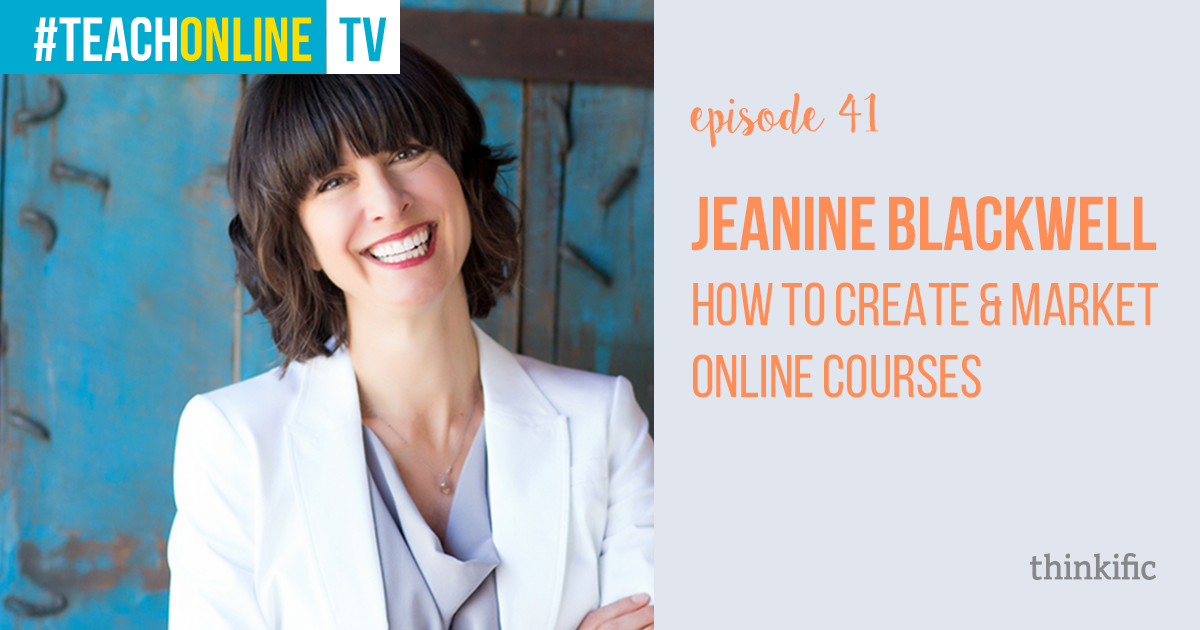B2B companies often equate brand visibility with “best of” awards or being featured in the top trade publications. But these days, between overcrowded markets, educated and empowered buyers, and long sales cycles, B2B companies are looking for new ways to differentiate themselves. The key to standing out is differentiating, and you need strategic brand management to do it.
Strategic brand management creates a unified brand story across every touchpoint of your customer’s journey—which is critical for complex B2B products and services. In tough economic times, you need strategic brand management to supercharge your marketing efforts, drive more revenue, and scale your business.
Skip ahead:
- What is Strategic Brand Management
- Why Strategic Brand Management is Essential
- Why do you Need a Brand Strategy
- B2B Branding Basics
- The Bottom Line on B2B Strategic Brand Management
What is Strategic Brand Management
Strategic brand management is the intentional overseeing of your internal and external brand activities to grow your brand equity. Brand equity refers to a brand’s power based on its reputation and perception among consumers.
In his book, marketing expert Kevin Keller teaches how to use strategic brand management to build brand equity. Keller lays out a brand equity framework, which marketers have used throughout history to build strong brands by shaping how their customers think and feel about them.
Strategic brand management activities include:
- Monitoring and responding to customer reviews
- Aligning your voice, tone, and design across your entire web presence
- Creating messaging guides to ensure the brand is communicated consistently across the company.
Why Strategic Brand Management is Essential
B2B brands must show up consistently across every channel to make a lasting impression on their potential customers in today’s noisy digital landscape. Strategic brand management plants seeds at every touchpoint throughout the customer’s experience about what your brand stands for and why they should remember you.
Strategic brand management isn’t just about day-to-day communications and operations of the brand—it also includes proactively analyzing the market landscape to foresee changes in trends so your company can make necessary adjustments.
Why do you Need a Brand Strategy
Brand messages should speak directly to buyers. For example, many B2B companies are creating content and marketing resources acknowledging the recent recession and layoffs. Brands that fail to keep an eye on what’s happening in the market run the risk of appearing tone-deaf.
To get your business aligned about the messages you’ll communicate, you need a brand strategy. Your brand strategy outlines how you’ll communicate with your target buyers. Using the brand strategy as their compass, the brand manager oversees and manages brand performance, growth, and execution.
Follow these steps to create a streamlined brand management strategy:
Step 1: Get Clear on Your Positioning
Positioning your brand means differentiating it from the competition. Differentiation shows potential buyers how your product is different and the ways it helps them achieve their goals.
Especially in flooded markets like B2B technology, strategic brand management requires continual monitoring of competitors and their capabilities to maintain a competitive advantage. This process has even been given its own role: competitive intelligence.
Step 2: Identify Your Target Audience and Market Segments
Creating customer avatars once while building your brand strategy isn’t enough. You must revisit your buyer personas periodically because people are dynamic and always changing. For example, how your audience consumes media might have changed from radio to podcasts in the past few years.
Without intel into these shifts, you could be wasting marketing dollars on ads that don’t reach your audience. Brand management teams stay on top of their target personas and customers through research reports such as Gartner and Forrester, analytics, and customer interactions.
Step 3: Create Brand Values, Personality, and Tone of Voice Documents
The tone of voice and personality of the brand depends on the target audience and what they value. Like your customer avatars, your brand voice and tone will evolve with your audience.
Mailchimp’s rebrand is a prime example of a brand manager listening to their customer and pivoting. They began their brand evolution simply by changing the way they spoke about their product, pivoting from “email software” to “marketing platform,” ushering in how they wanted to be thought of, which is a one-stop-shop for small businesses.
Step 4: Begin Monitoring Your Brand’s Reputation
Monitoring and influencing public perception of your brand is known as reputation management. Communication professionals control their brand’s narrative by monitoring conversations and responding accordingly. Reputation management is critical because it takes years to build a reputation but only minutes to destroy it.
A brand reputation management strategy wasn’t always necessary for smaller companies, but the increased connectivity of the online space has changed that. Word of mouth spreads like wildfire, making even local businesses the center of national discussion. As a result, companies of all sizes need brand reputation management strategies in case of unexpected incidents that could tarnish a brand’s reputation.
Step 5: Implement a Brand Management System
Often referred to as a Digital Asset Management System, a Brand Management System is the home base for your assets, campaign elements, and brand guidelines. As a brand manager, you need a tool to assist with your brand control strategy and address the major changes and challenges faced by your company.
Your brand management system will automate the distribution of approved, brand-compliant content to all of your other marketing systems, ensuring all of your communications stay on-brand.
Step 6: Track and Measure Your Brand Performance
It is essential to audit your brand consistently to check your overall status with your target audience and to monitor the progress and success of your campaigns. There are some companies that do this themselves and others that hire an external agency—it all depends on your budget.
Some brand activities are easier to measure such as the reach of digital advertising campaigns. You can also conduct feedback surveys or focus groups with your customers.
Evaluation areas include:
- Brand positioning: Culture and values both internally and externally.
- Branding assets: Marketing materials and ads in print and online
- Customer experiences: how customers experience your service and sales processes
B2B Branding Basics
Customers who share your values become loyal to your brand. Use brand storytelling to explain your company’s values and engage customers who share those values with you. You’ll capture people’s attention and deliver consistent marketing messages through skillful and strategic brand storytelling.
Your brand story will be a compass for your content, communication, and marketing efforts. Include your brand story in your brand guidelines to keep everyone on the same page with your messaging. Use your brand story to brainstorm ideas and create content. Everything you create should support your brand story.
Creating Brand Messaging using Storytelling Guidelines
What makes a universally great story? The elements of great storytelling should be infused into your messaging. There are several marketing gurus out there teaching how to build strong brands but one of the most well-known is the #1 Wall Street Journal best-seller Building a StoryBrand, which gives a tried-and-true framework for crafting a compelling brand story.
Relying on the elements of what makes a great story, the framework shows you how to communicate your brand in a way that instantly connects and engages customers. Whichever brand messaging framework you opt for, the ultimate goal is to streamline your messaging and create brand equity.
Step 1: Create Brand Materials
Your brand materials will include logos, images, taglines, and graphics that reflect your company’s values. Each of these elements influences how people perceive your product or brand. By creating cohesive marketing materials, you build a strong, unique, and favorable association between your brand and your audience.
Step 2: Centralize Your Brand Materials
Centralize your brand materials so that all company creatives can access them. A good, quality brand management software keeps all of your digital assets in one place, ensuring everyone understands the campaign’s goals and missions.
Create a brand guidelines document, similar to a style guide, that includes brand language that should be used or avoided, how to communicate with your target audience through certain channels, templates for emails and automatic responses, and other standardized communication and marketing materials. Make your document available through a cloud-based system for reference and distribute it to your team via email, Slack, or Teams.
Step 3: Create a Customer Journey Map
A customer journey map visually depicts your customer’s interactions with your brand. From learning about a brand online to receiving your confirmation email after they buy, there are usually many steps involved in their journey.
All companies should analyze a customer’s journey through the buyer’s eyes to understand their experience so you can improve it. With a customer journey map, you’ll be able to easily understand the needs and concerns of your potential customers.
By identifying where customers tend to get blocked or stalled in their journey, you’ll pinpoint where you can reduce friction in your buying process. For example, if you’re having difficulty converting web traffic into leads, you’d spot that on the customer journey map, and implement a chatbot tool to reduce friction and generate more leads.
Step 4: Build a Community Around Your Brand
Building a community around is one of the best ways for customers to keep in touch and stay engaged. Every brand is competing to catch the attention of its target audience, so when you get customers, you need to hold onto them. This is where a brand community can come in handy.
Strategic brand management gives your customers a sense of connection that creates long-lasting connections and loyalty. Implementing a scalable learning management system that gives you the ability to create a community for your customers can help you form long-term relationships with your customers.
See it in action: Using strategic brand management to generate leads for your business
You can use a free online education program as a “top of funnel” lead generation tool to provide value to your customers when they’re first interacting with your brand and motivate them to stay around long term.
Creating online courses using a Learning Management System is one of the most effective ways to generate leads. Online courses (whether free or paid) help you differentiate as a thought-leader and a brand that truly cares about their audience’s success.
For example, Hootsuite’s Academy has played an important role in attracting new customers, driving customer success, and turning customers into brand advocates through certification.
Since launching their Academy the Hootsuite team has reduced their customer churn, increased engagement for customers on their platform, and welcomed over 450,000 new people into their community.
The Bottom Line on B2B Strategic Brand Management
Strategic brand management helps you show up consistently across every channel to make a lasting impression on your potential customers, which is more critical than ever in today’s oversaturated digital landscape. It will also help you create a unified brand story that helps your audience along their journey to becoming a customer.
Creating online courses is one of the most effective ways to provide value to your customers when they first interact with your brand so you can continue to nurture them and ultimately build brand equity. With the right brand management tools and strategy, your brand can reinforce what you stand for and why you should be remembered.
Learn how to effectively scale up your business through the power of B2B sales:







